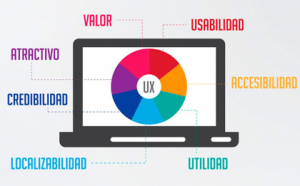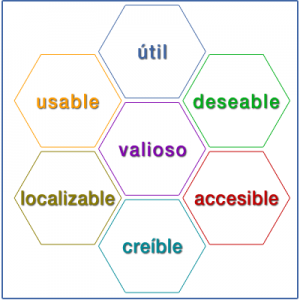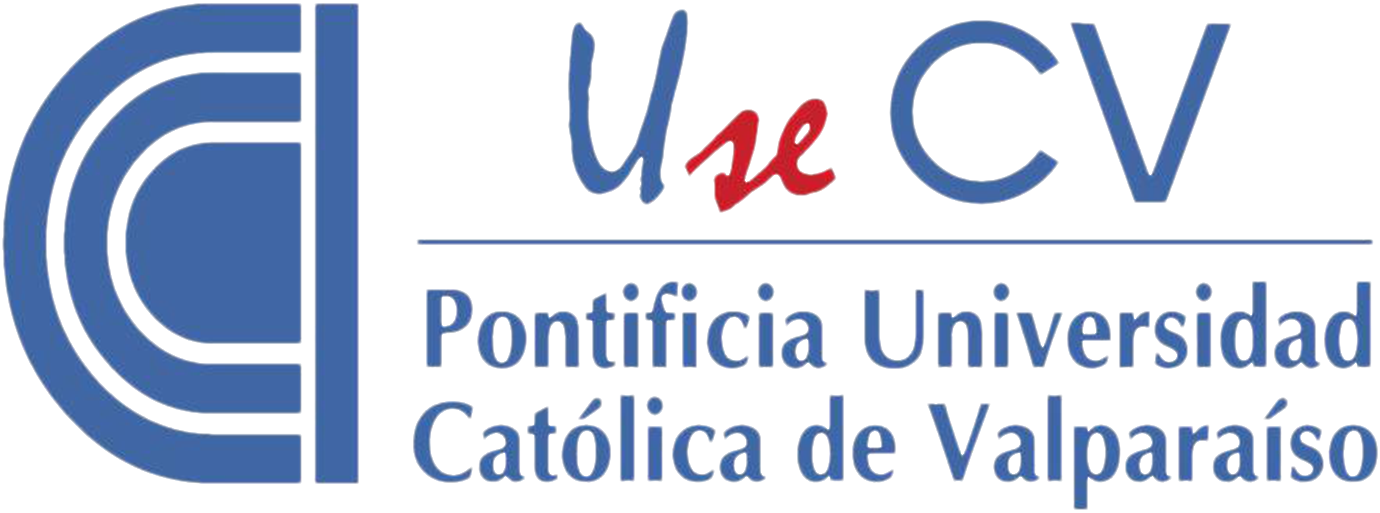UseCV carries out research projects related mainly to Usability (and related aspects), User Experience, Costumer Experience, and Usability Studies for industries and companies.
Research
UseCV guides undergraduate and graduate students who wish to carry out their thesis or degree project in the areas that are researched by the group.
What is Usability?
According to ISO 9241-11, usability can be defined as “the degree to which a product can be used by certain users to achieve specific objectives with effectiveness, efficiency and satisfaction in a specified context of use” [1].
This standard explains how to identify the information that needs to be considered when specifying or evaluating usability in terms of measures of user performance and satisfaction [2]. It also includes an explanation of how the usability of a product can be specified and evaluated as part of the quality of the system.

What is User Experience?

“User experience (UX) consists of the real experience that users have with a certain product, when relating or interacting with it. This experience includes sensations and evaluations towards the product, where the designers try to make the final experience as pleasant, positive and satisfactory as possible, receiving as a final satisfaction the loyalty of the user” [3].
User experience then encompasses all aspects of the end user’s interaction with the company, its services and its products [4], and is “the result of a person’s perceptions and responses to the anticipated use and use of a product, system or service” [5].
Peter Morville designed a diagram to explain the importance of the user experience, where the primary thing is to ensure that users find value in what is provided to them. This diagram is called “User Experience Honeycomb” [6], and points out that a user experience is meaningful and valuable when the product is:
- Useful: its content is original and satisfies a need.
- Usable: The product is easy to use.
- Desirable: Image, identity, brand and other design elements evoke emotions towards the product.
- Localizable: its content is navigable and localizable inside and outside the product.
- Accesible: its content is accessible for people with special needs.
- Credible: users trust and believe what the product shows.
- Valuable: This element derives as a result of correctly covering all the others. In this way, it is possible to add more value to the product.
[1] ISO, 9241-11 (1998). Ergonomic requirements for office work with visual display terminals (VDT’s), in Part 11: Guidance on Usability.
[2] Bevan, N. (2001). International standards for HCI and usability. International journal of human-computer studies, 55(4), 533-552.
[3] Galeano, R. (2007). REVISTA Q, Tecnología, Comunicación, Educación. [Online]. http://revistaq.upb.edu.co/articulos/descargar/234/pdf
[4] Nielsen, J.; Norman D. NN/g Nielsen Norman Group. [Online]. http://www.nngroup.com/articles/definition-user-experience/
[5] Usability Partners. Usability Partners. [Online]. http://www.usabilitypartners.se/aboutusability/
[6] Peter Morville. Usability.gov. [Online]. http://www.usability.gov/what-and-why/userexperience.html



